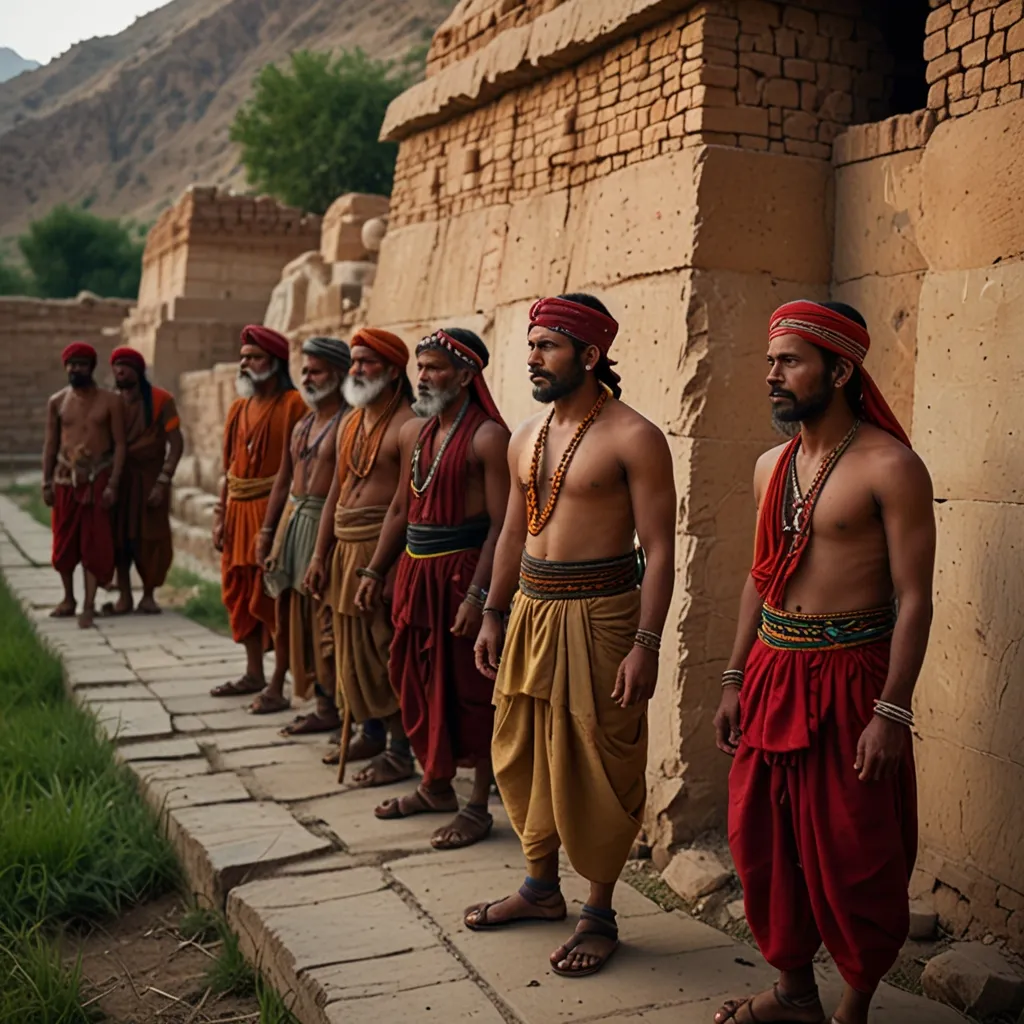The Aryan migration into India is one of those historical topics that have been hashed out for centuries, and honestly, opinions still vary. Some folks think it was a peaceful move; others swear it was a full-blown invasion. The reality is probably somewhere in the middle.
The Aryans were this group of nomads who roamed from the Eurasian steppes to India around 2000-1500 BCE. They brought along their language, culture, and religion, which ended up being pretty influential in shaping Indian history. These early Indo-Aryans weren’t just one unified crowd; they were a bunch of tribes who landed in waves over time.
Now, when these Aryans arrived, the Indus Valley Civilization was already thriving in what’s today northern India and Pakistan. The old idea that the Aryans destroyed this great civilization doesn’t hold much water anymore. Archaeological finds suggest the decline of the Indus Valley Civilization was more due to environmental issues like salinisation and the drying up of the River Saraswati.
Still, the Aryans made their mark, especially in the cultural and religious spheres. Their Vedic religion eventually morphed into Hinduism. The Vedas, the ancient texts they composed, are still held in high regard and form the foundation of Hindu scriptures.
The interactions between the Aryans and the local populations were far from simple. Sure, there was conflict, but there was also a ton of cultural exchange. The Aryans picked up many practices and traditions from the locals, and in turn, their own culture evolved. This cultural blend is obvious in Hinduism, which showcases elements from both Aryan and native customs.
The Aryans also shook up the linguistic scene in India. Their language, which evolved into Sanskrit, Hindi, and many other northern Indian languages, left a lasting legacy. These languages have deeply influenced the literary and cultural fabric of India.
Despite their profound impact, the Aryan migration story is not without controversy. Some historians argue that the Aryans displaced native populations through violence and imposed their culture and religion. This viewpoint has sometimes been twisted to suit colonial or nationalist narratives, simplifying a very complicated historical picture.
Recently, genetic studies have added more pieces to the puzzle of Aryan migration. Evidence shows there was significant genetic mingling between the Aryans and the local populations, hinting at a more layered interaction than a straightforward conquest. This backs the idea that the Aryan migration was more about gradual blending rather than a single violent takeover.
The debate over the Aryan migration isn’t going away anytime soon. While some scholars see it as peaceful, others believe it was marked by conflict. The truth is probably a mix of both, with cultural exchange and clash playing equal parts. Grasping this intricate history is key to truly understanding India’s rich and diverse heritage.
In short, the Aryan migration into India was a pivotal event that left lasting imprints. It brought new languages, religions, and cultural elements that became integral to Indian identity. While the exact nature of this migration is still hotly debated, it’s clear that it was a complex process that continues to shape Indian society today.






